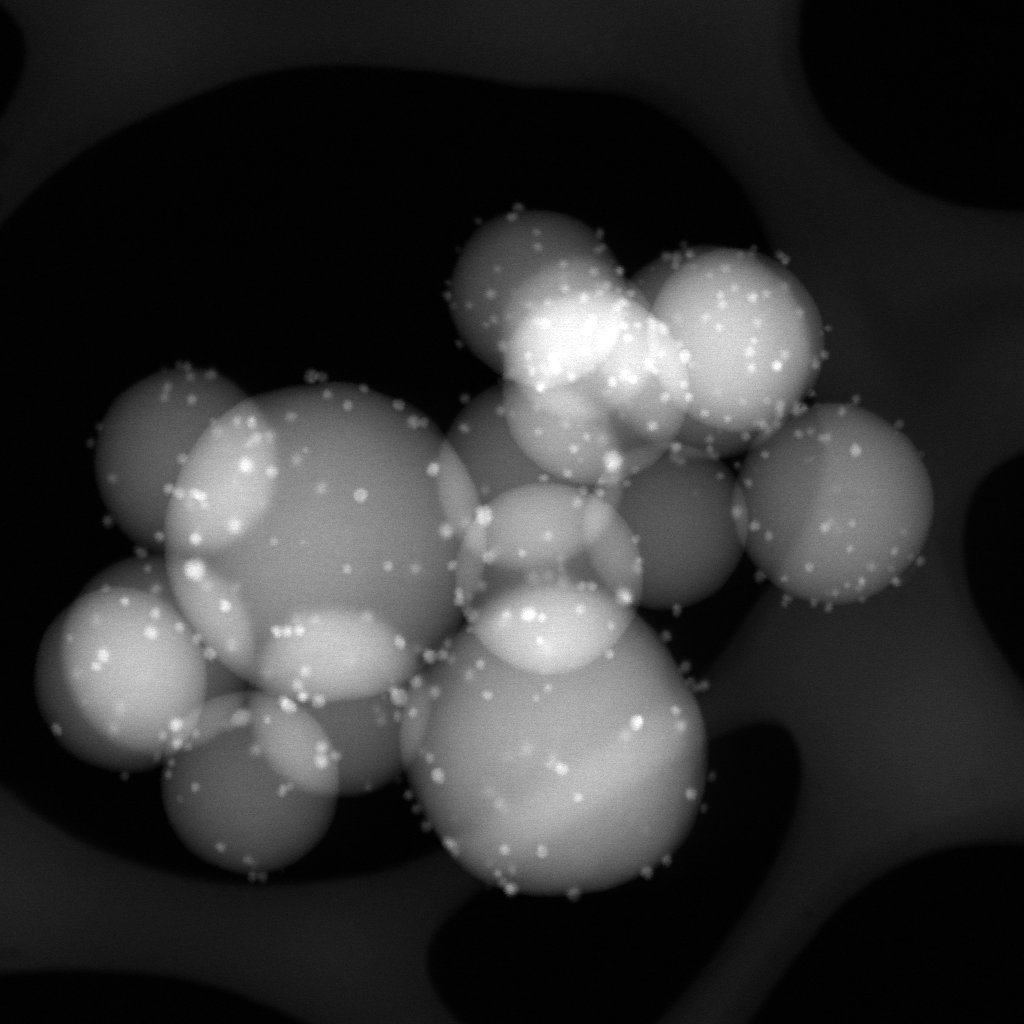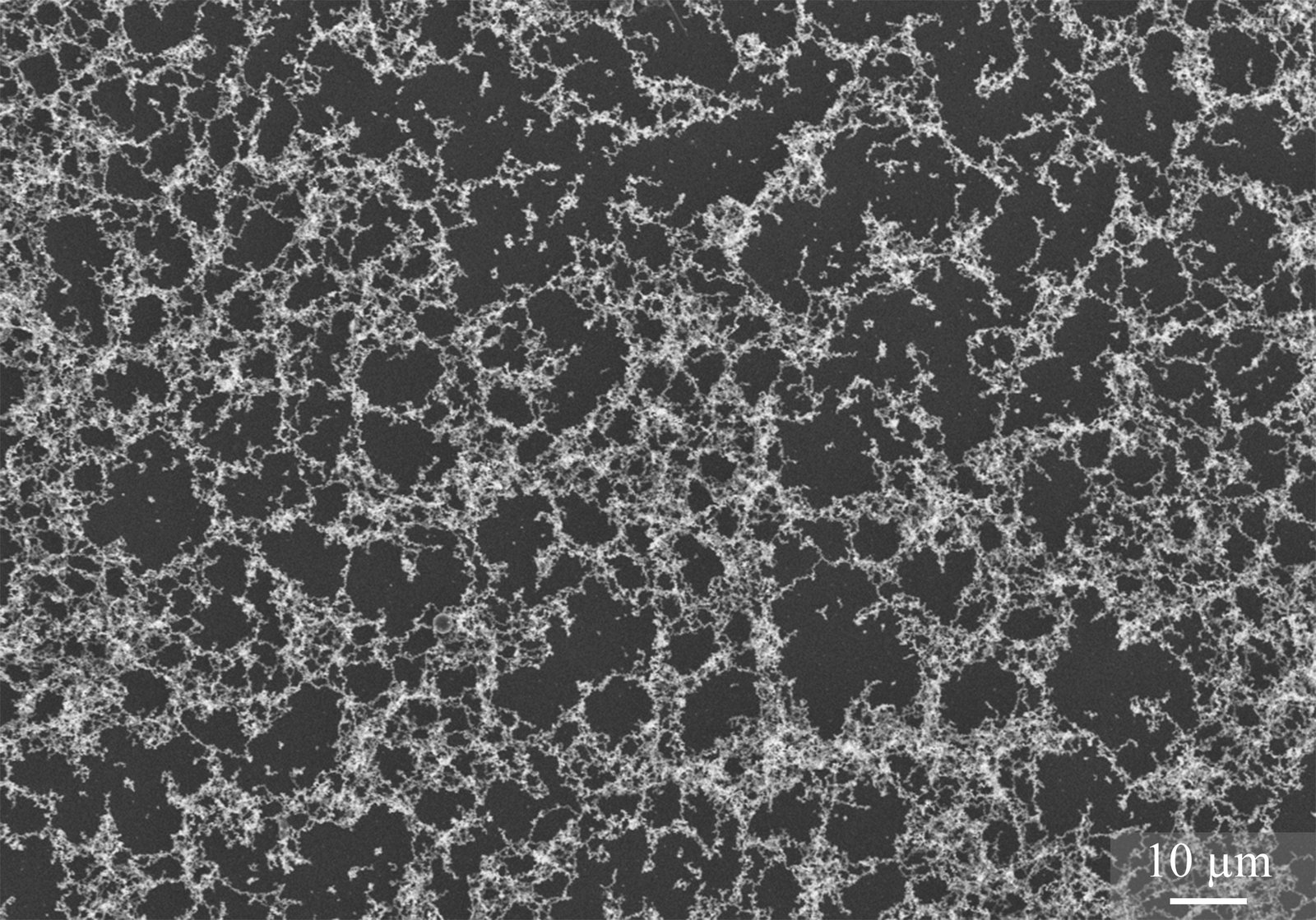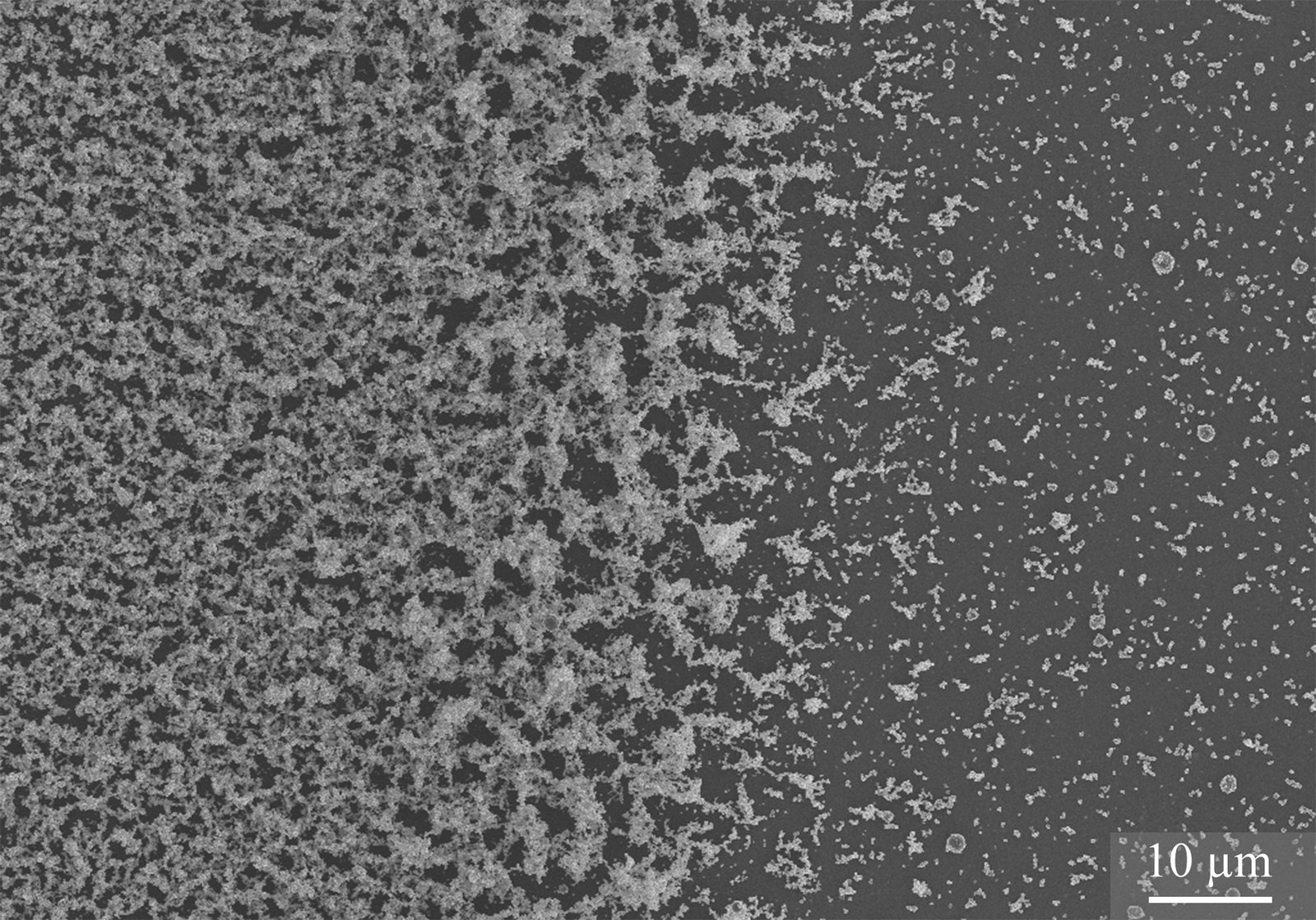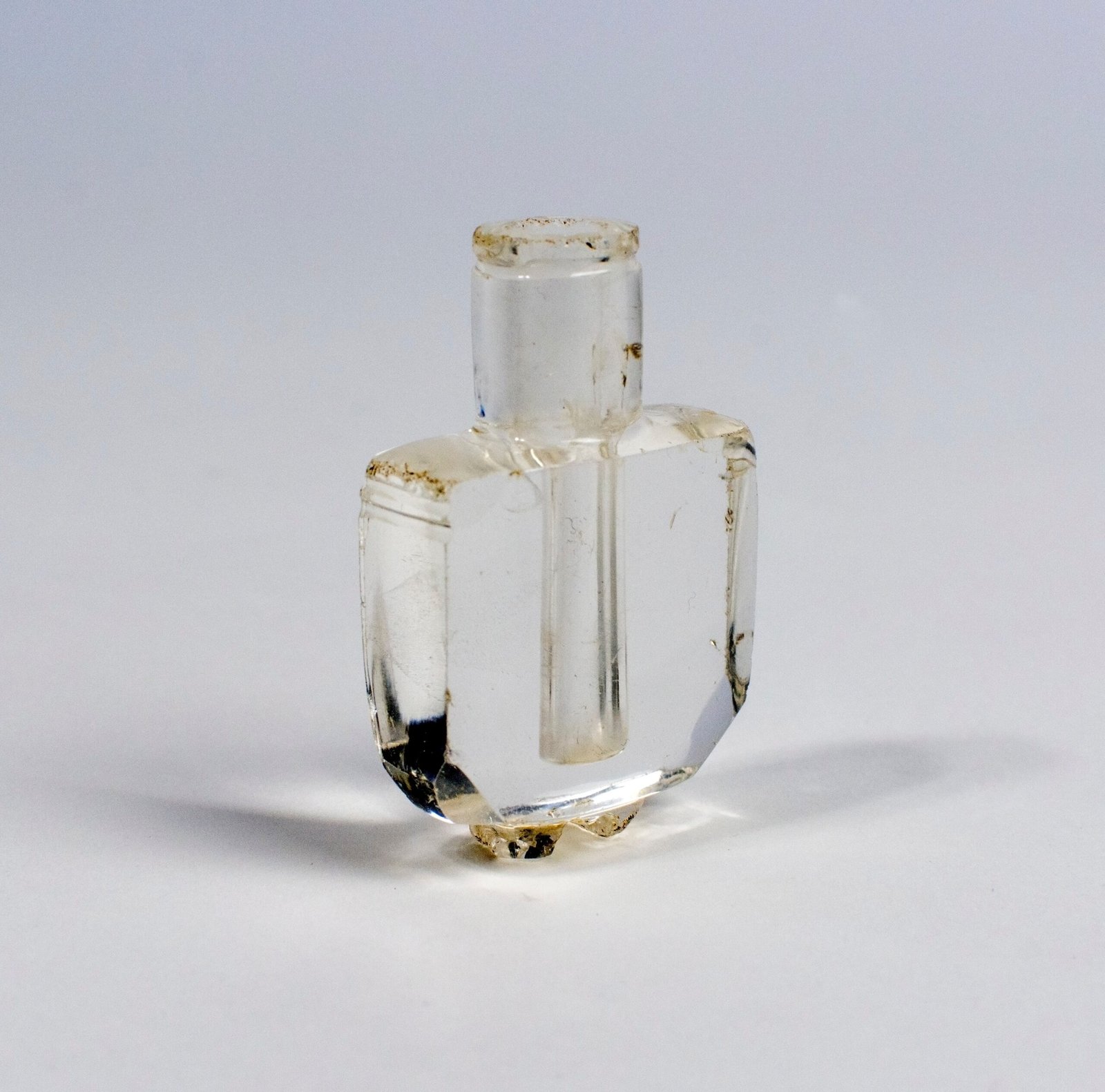In the grand story of our planet, the origins of life have always been shrouded in mystery. Among the various theories, a recent study has introduced an unexpected player: silica, the primary component of glass. This revelation could reshape our understanding of life’s genesis on Earth. Silica, often found in the form of sand or glass, is now thought to have played a crucial role in the chemical processes that led to the emergence of life. This concept is as captivating as it is groundbreaking, inviting us to reconsider the humble beginnings of life from a new perspective.
The Building Blocks of Life
To understand how silica could have influenced the origins of life, it’s important to first grasp the concept of life’s building blocks. Life as we know it is composed of complex molecules like proteins, nucleic acids, and lipids. These molecules are formed by a series of chemical reactions involving simpler compounds. The early Earth, with its volcanic activity and primordial oceans, was a cauldron of such chemical reactions. Elements like carbon, hydrogen, oxygen, and nitrogen are essential, but the role of silica, a seemingly inert material, adds a fascinating twist to this narrative.
The Role of Silica in Chemical Reactions

Silica’s involvement in early chemical reactions is not as far-fetched as it might seem. In the natural world, silica surfaces can act as catalysts, promoting reactions that might otherwise occur slowly or not at all. This catalytic property could have been crucial on the ancient Earth, where the right conditions for life were scarce. Think of silica as a matchmaker, bringing together reactive molecules that might have struggled to meet otherwise. This interaction could have facilitated the formation of vital organic compounds, setting the stage for life to flourish.
Silica’s Unique Properties

Silica is known for its unique properties that make it an excellent candidate in the exploration of life’s origins. Its structure can provide a stable surface for chemical reactions to occur. This stability is akin to a solid foundation upon which a house is built, offering a reliable base for complex processes. Moreover, silica can withstand a wide range of environmental conditions, from extreme heat to cold, making it a versatile player in early Earth’s volatile environment. These characteristics would have allowed silica to support and preserve delicate molecular structures critical for the development of life.
The Glass-like Nature of Silica
Interestingly, the glass-like nature of silica could have also contributed to life’s emergence. Glass is formed when silica is rapidly cooled, resulting in a non-crystalline, amorphous structure. This structure can encapsulate and protect nascent organic molecules, much like how a glass jar preserves food. By providing a protective environment, silica could have shielded these fragile molecules from destructive forces, allowing them to develop into more complex forms. This protective capability might have been a decisive factor in the survival and evolution of early life forms.
Laboratory Insights and Experiments
Recent laboratory experiments have shed light on the potential role of silica in life’s origins. Scientists have recreated early Earth conditions and observed how silica surfaces can facilitate the assembly of organic molecules. These findings are analogous to a chef using a specific tool to perfect a recipe, highlighting silica’s importance in the culinary creation of life. The results of these experiments suggest that silica was not merely a passive bystander but an active participant in the chemical choreography that led to life’s dawn.
Comparisons with Other Theories

The silica hypothesis offers a fresh perspective compared to other prominent theories about life’s origins. While the idea of life emerging from hydrothermal vents or primordial soup has long held sway, silica introduces a new dimension to the discussion. It challenges the exclusivity of these theories, suggesting that multiple pathways could have contributed to life’s emergence. Just as a river is fed by many streams, the origins of life might have been influenced by several factors, with silica playing a previously unrecognized role.
Silica Beyond Earth

The implications of silica’s role extend beyond our planet. If silica was essential in jumpstarting life on Earth, it raises intriguing questions about its potential elsewhere in the universe. Silica-rich environments have been identified on Mars and other celestial bodies, suggesting that the conditions for life might not be unique to Earth. This possibility opens up exciting avenues for astrobiological research, as scientists search for signs of life in silica-rich terrains beyond our world.
Silica in Everyday Life
While silica’s role in the origins of life is a novel concept, its presence in our daily lives is familiar. From the glass in our windows to the sand on our beaches, silica is all around us. Its ubiquitous presence serves as a reminder of the deep connections between the Earth’s geology and biology. Consider how glass, a simple household material, might be linked to the very essence of life itself. This interconnectedness underscores the profound impact that seemingly ordinary substances can have on our understanding of existence.
The Future of Silica Research

As the scientific community delves deeper into the role of silica, new discoveries are anticipated. Future research may unveil additional insights into how silica and other minerals contributed to the origins of life. This ongoing investigation is akin to a detective unraveling a complex case, piece by piece. Each breakthrough brings us closer to comprehending the intricate puzzle of life’s beginnings. The potential findings could revolutionize our understanding of life’s origins and inspire new questions about the nature of life in the cosmos.
Reflecting on the Origins of Life

The notion that silica, a fundamental component of glass, could have sparked life on Earth is both awe-inspiring and humbling. It challenges us to view the natural world with renewed curiosity and wonder. As we reflect on this possibility, we are reminded of the intricate web of interactions that underpin life as we know it. This exploration of silica’s role is not just a scientific endeavor but a philosophical journey, inviting us to ponder the profound mysteries of our existence.




